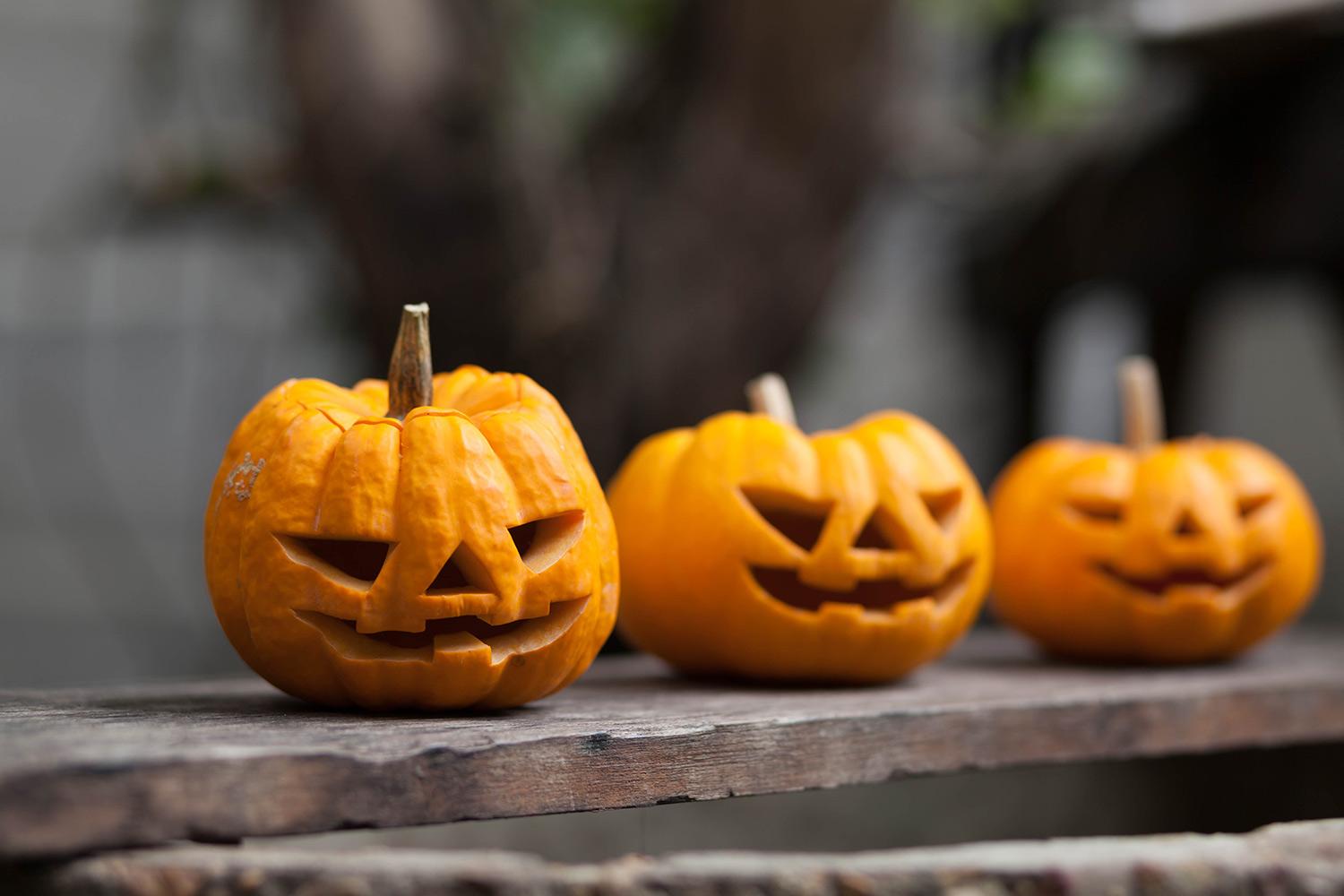
Principal's Page
Blackbird and Shay Elementary
Thank You!
Thank you to all of the Parents/Guardians who participated in our fall Parent Teacher Conferences via Zoom.
Important Dates:
No School November 6th
No School November 25th-27th (Happy Thanksgiving!)
Halloween Parade
Due to the many restrictions and safety concerns, the students will not be participating in the annual Halloween Parade this year. We know that this is a big disappointment to not only our students, but the community as well. Our staff feels this is the safest option for this school year.
Please check your childs weekly newsletter for specific information on this years Halloween events.Teachers are planning classroom activities around fall and holiday themes. Because we are not having a Halloween parade we will not be wearing costumes at school.
BRRR!
DON'T FORGET TO SEND COLD WEATHER GEAR IN WITH YOUR CHILD AS THEY WILL BE GOING OUTSIDE DAILY. MANY STUDENTS ARE COMING TO SCHOOL WITHOUT WINTER COATES ON.
Head Lice Information:
Summary
- Head lice spread by crawling from one person’s hair to another’s.
- They’re usually spread amongst people who are in close contact, such as family or school classmates.
- Anyone can be infested, and there is no obvious relationship to hair cleanliness. However parents who wash their children’s hair frequently will find them quicker.
Symptoms
Two common signs of head lice are:
- An extremely itchy scalp, especially around the nape of the neck, behind the ears, under the fringe and at the top of plaits or a pony tail.
- Scratch marks or a rash on the scalp.
How to check for head lice
- Check the person’s scalp for insects or eggs.
- Use a fine-tooth comb on wet hair, as this makes it easier to find any lice.
- Pay particular attention to the crown and the hairline – especially at the back of their neck and behind their ears.
Treatment
The two most common head lice treatment methods are ‘wet combing’ and ‘chemical treatment’.
- Wet combing – wet the hair and scalp with conditioner (this makes it easier to see the head lice) then comb the lice and eggs out. It’s best to use the fine metal combs or special head lice combs you can get from a pharmacy.
- Chemical shampoo or lotion (containing insecticide) – this will kill the lice and eggs.
Always re-treat 7–10 days after the first treatment to kill any head lice that may have hatched from eggs that survived the first treatment.
Prevention
- Brush your hair every day, as this can help to kill or injure lice and stop them from laying eggs. If you have long hair it is best to bend your head forward with your hair hanging down and use a firm bristled brush.
- Don't share brushes, combs, headbands, ribbons, hairclips, helmets or hats – basically anything that has direct contact with someone’s head.
- Having short hair – or wearing your hair in a ponytail if it’s long – makes it less likely you’ll catch head lice.
- If you do get head lice in your family, treat everyone that has them at the same time, as this can help reduce the chance of re-infestation.
- Regularly check your children for head lice – e.g, every week.

